defpuma
32 posts
Latest Posts by defpuma

The “dinosaur bones” that you see on display at the Museum aren’t really bones at all. Through the process of fossilization, ancient animal bones are turned into rock.
Most ancient animals never became fossils. Their carcasses were likely consumed by other organisms, or worn away by wind or water. But sometimes the conditions were right and their remains were preserved. The most common process of fossilization happens when an animal is buried by sediment, such as sand or silt, shortly after it dies. Its bones are protected from rotting by layers of sediment. As its body decomposes all the fleshy parts wear away and only the hard parts, like bones, teeth, and horns, are left behind. Over millions of years, water in the nearby rocks surrounds these hard parts, and minerals in the water replace them, bit by bit. When the minerals have completely replaced the organic tissue, what’s left is a solid rock copy of the original specimen.
Learn more on the Museum’s Dinosaur website.

As we prepare for more cold weather this weekend, let’s take a look back at Sir Ernest Shackleton’s 1914 voyage to the Antarctic. Just one day’s sail from the continent, his ship Endurance became trapped in sea ice. Frozen fast for 10 months, the ship was crushed and destroyed by ice pressure, and the crew was forced to abandon it. After camping on the ice for five months, Shackleton made two open boat journeys, one of which—a treacherous 800-mile ocean crossing to South Georgia Island—is now considered one of the greatest boat journeys in history. Trekking across the mountains of South Georgia, Shackleton reached the island’s remote whaling station, organized a rescue team, and saved all of the men he had left behind.
Ball is life.




Taking part in a predator study in the Mount Hood National Forest. Got some great pics including blurry picture of an endangered subspecies of Red Fox!


The Indian Placement Program
From 1956 to 1996, the Mormon Church operated a program where Native American kids were baptized and placed in Mormon foster homes during the school year. The idea was fostering would “lighten” them. The Mormon Church teaches that Native Americans were originally white, but God punished them, and made them darker.
It began being criticized in the 1970s for weakening the children’s connection to their Native American families and communities, and causing psychological damage. And today the Mormon Church is being sued in tribal court for allegations of abuse while in their foster homes.

Penelope.
I am saddened by the announcement from U.S. Fish and Wildlife that confirms the extinction of Stephan’s riffle beetle (Heterelmis stephani) from Arizona, and the Tatum Cave beetle (Pseudanophthalmus parvus) from Kentucky.
This will not be front page news. These are not charismatic species and they’re not widely known. This announcement will not generate widespread attention. I predict it may not be picked up by popular media at all - I learned the news from a tweet by Derek Hennen’s (@entoderek), and he’s an entomologist deeply interested in these topics.
Those reasons ^ are partly why I am upset, because I see the lack of attention as indication that people were never given a reason to care in the first place. I did not know of either species until learning, too late, that they are gone.
But another reason I’m upset is because the dwindling numbers of each population did not happen overnight. According to the announcement, Stephan’s riffle beetle was identified as needing protection under the Endangered Species Act 32 years ago, in 1984. Tatum’s cave beetle was similarly recognized ten years later, in 1994.
We’ve done a video on the Endangered Species Act, and with that episode we highlighted some of the challenges and roadblocks in place when it comes to receiving governmental protection. The ESA has done a lot of good… but it’s nowhere near perfect. Because of our inability to act nimbly and responsively, these species, and the ecosystems in which they played any number of roles, suffer.
With announcements such as this - with the knowledge we’ve lost a little more, and are poorer in diversity - I wonder, what can I do? How can I help? What options do we give other people to help? I’ll never have a comprehensive answer, but I will keep generating small answers, sharing ideas and resources, and continue to promote lifelong learning and curiosity. Maybe along the way, we’ll catch the eye of someone interested in helping us fix some of these systems.

Reflections of Mt Hood | © Photographer | LFST


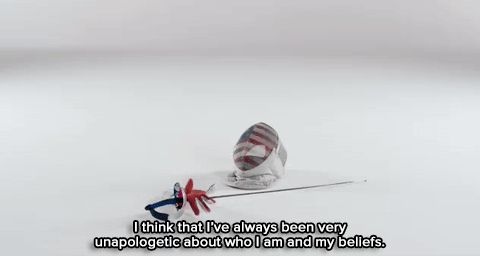



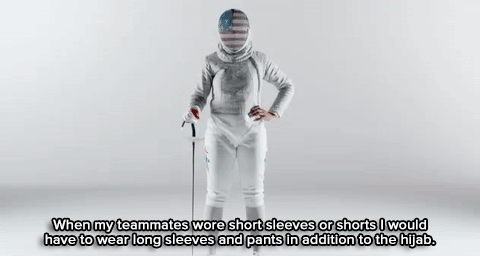





Watch: Ibtihaj Muhammad is such an inspiration
follow @the-movemnt for more about race, representation and justice

Netflix’s new site is a giant “f*ck you” to Comcast and Time Warner
Netflix launched a site late Wednesday night called Fast.com, where — in one click — anyone browsing the internet can see how fast their internet speed is. Although it’s great for consumers, some internet providers might not be happy about the new website.
Follow @the-future-now



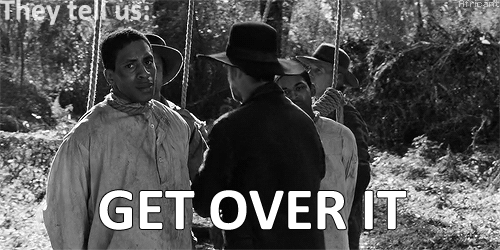


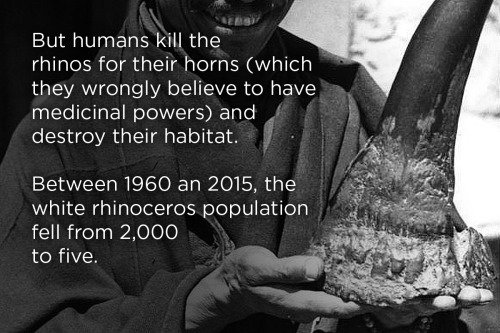

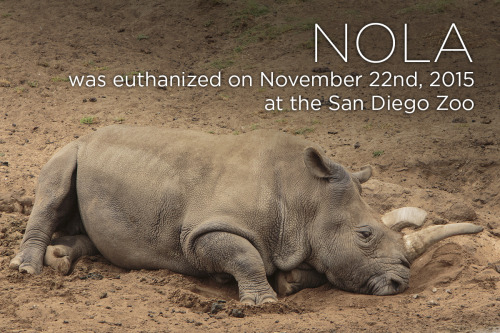
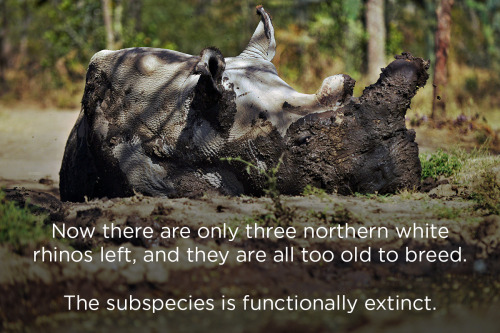
Nola was born in the southern savanna woodlands of Sudan. In the mid-1970s she was captured to protect her from poachers, and in 1989 she moved to the San Diego Zoo. She shared her enclosure with buffalo, giraffes and gazelles, and enjoyed daily belly scratches.
In 1990, a male rhinoceros named Angalifu joined Nola in San Diego, but she wasn’t interested in him. After hormone treatments, she mated with another male named Saut, but never became pregnant.
Saut died in 2004. Angalifu died last year. Nola was getting older, and suffering from a bacterial infection. Yesterday the zoo announced:
In the last 24 hours, Nola’s condition worsened and we made the difficult decision to euthanize her. We’re absolutely devastated by this loss, but resolved to fight even harder to #EndExtinction.
With the death of Nola this weekend, the northern white rhinoceros inches closer to true extinction. But it became extinct in the wild 2008, and the remaining rhinos have all been to old to breed for several of years. Still, there are plans to resurrect the subspecies using a preserved egg and sperm. The San Diego Zoo’s Institute has pledged $2 million to this difficult project.
And there is reason to be hopeful. A cousin subspecies, the southern white rhino, has seen its population blossom from 20 to 20,000 in the last century thanks to the intervention of humans.
Want to learn more? Check out this article by my friend (and housemate) Sarah Kaplan.
Image credits: Jeff Keaton, Make it Kenya, Ernst Schäfer, Colin P. Groves et al, TONY KARUMBA/AFP/Getty Images



Paleontologists Find 278-Million-Year-Old Amphibian, Reptile Fossils in Brazil
http://www.sci-news.com/paleontology/science-amphibian-reptile-permian-fossils-brazil-03415.html

China Unable To Recruit Hackers Fast Enough To Keep Up With Vulnerabilities In U.S. Security Systems
BEIJING—Despite devoting countless resources toward rectifying the issue, Chinese government officials announced Monday that the country has struggled to recruit hackers fast enough to keep pace with vulnerabilities in U.S. security systems. “With new weaknesses in U.S. networks popping up every day, we simply don’t have the manpower to effectively exploit every single loophole in their security protocols,” said security minister Liu Xiang, who confirmed that the thousands of Chinese computer experts employed to expose flaws in American data systems are just no match for the United States’ increasingly ineffective digital safeguards.
More.


Amazingly, we have a photograph of a man who crossed the Delaware with George Washington. This is Conrad Heyer, born in 1749 and photographed in 1852 at age 103. He served in the Continental Army during the Revolutionary War, crossed the Delaware with Washington in December 1776, and fought in several major battles. The Maine Historical Society says that this makes him the earliest-born human being ever to be photographed.

Buccleuch Avon, considered to be the ancestor of all modern Labrador Retrievers, 1890-95



The Dinosaur Lords interiors by Richard Anderson.
Unpopular opinion: Allosaurus is way cooler than T. Rex.
Team Allosaurus 2k15



